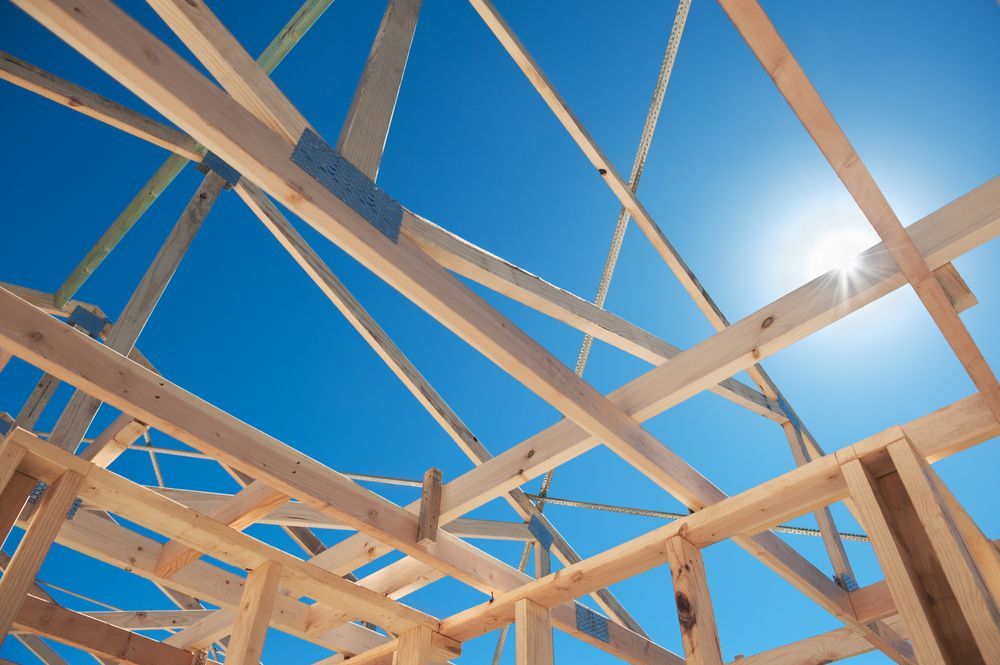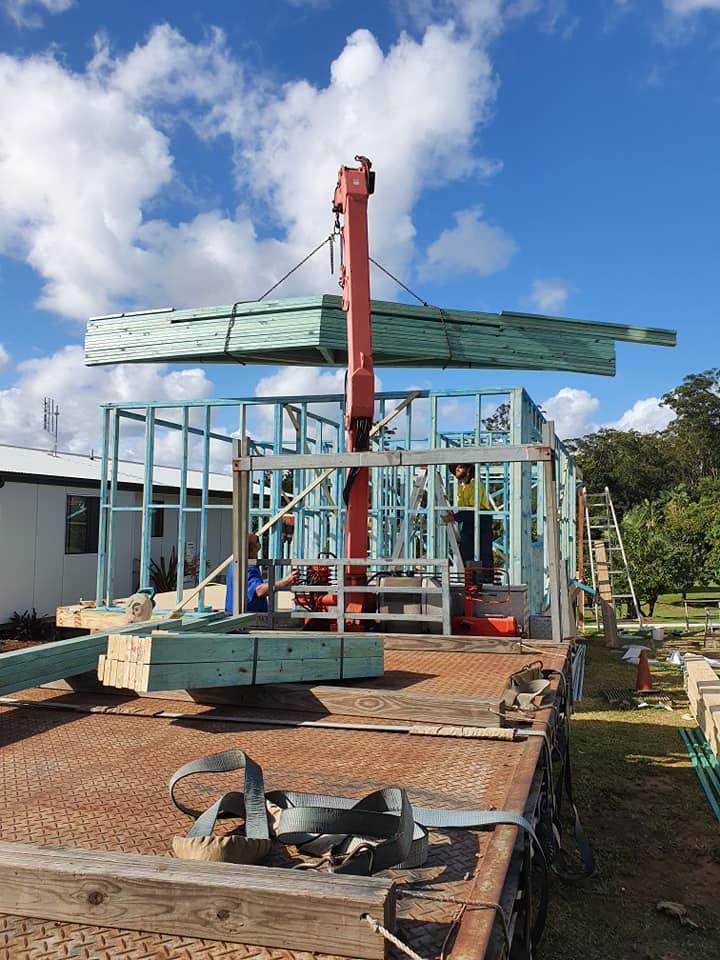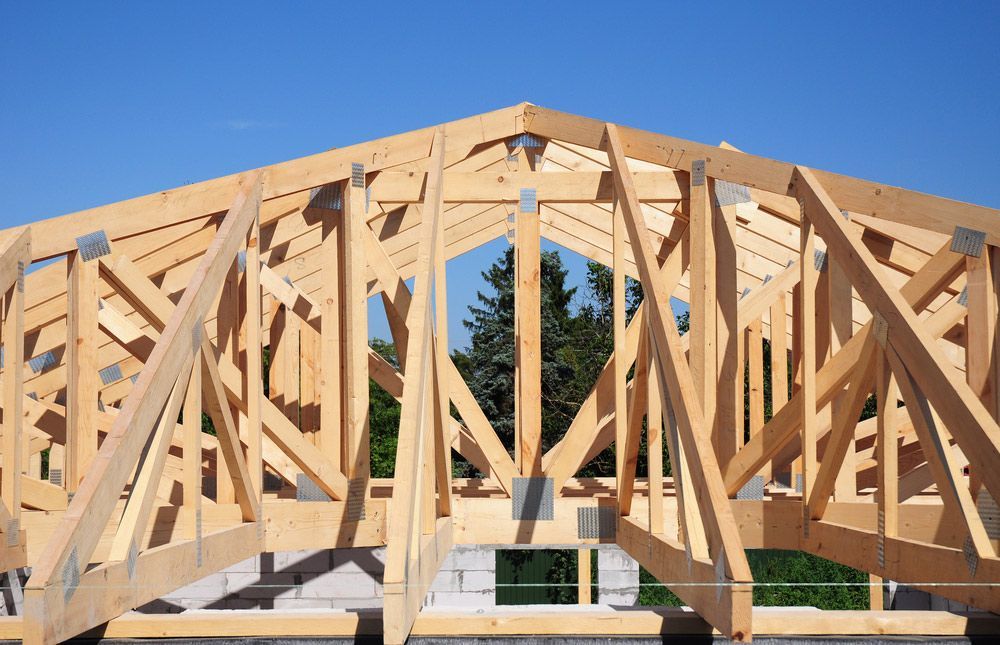Common Causes Of Issues In Timber Roof Trusses: Prevention Tips
Timber roof trusses are a fundamental component of many Australian homes, particularly valued for their strength, flexibility and aesthetic appeal. However, like any structural element, they can encounter problems if not properly designed, installed or maintained. In this blog, we’ll explore the typical problems timber roof trusses face, what contributes to these issues and how proactive measures can mitigate risks effectively.
Inadequate Design & Load Calculations
Proper design and accurate load calculations are critical to ensuring the durability and safety of timber roof trusses. Incorrect specifications can lead to structural weaknesses that may not manifest until it’s too late.
- Underestimation of Loads: Misjudging the weight of roofing materials or the impact of environmental elements can lead to excessive stress on trusses.
- Design Complexity: Overly complex designs without proper support can increase the risk of failure.
- Spanning Errors: Incorrect span measurements can result in inadequate support, leading to sagging and potential collapse.
Poor-Quality Timber Selection
The choice of timber plays a pivotal role in the performance and longevity of roof trusses. Using inferior-quality timber can lead to several issues down the line, compromising the structural integrity of the entire roofing system.
- Species & Grade: Not all timber species are suited for truss construction. Choosing the right type and grade of wood is essential for optimal performance.
- Moisture Content: Timber with high moisture content can warp or shrink as it dries, leading to misalignment and structural weaknesses.
- Visible Defects: Knots, splits and other defects can significantly reduce the strength of timber trusses.
Selecting high-quality timber from reputable suppliers ensures the trusses are durable and reliable. Regular inspections for signs of timber distress can also prevent long-term damage.
Environmental Factors & Long-Term Wear
The Australian climate can be harsh and environmental exposure can severely impact timber trusses over time.
- Weather Exposure: Extreme weather conditions, such as heavy rains and high humidity, can lead to moisture ingress, which promotes rot and fungal growth.
- Pest Infestation: Termites and other wood-boring insects can weaken timber, leading to significant structural damage.
- Ageing: Natural ageing of timber can reduce its load-bearing capacity, necessitating periodic assessments and maintenance.
Installation Errors & Their Prevention
PLEASE NOTE: Leach Trusses do not provide installation. We provide high quality manufacturing services ONLY. Please seek expert advice for your installation needs
Correct installation is as vital as the design and material quality. Even the best-designed trusses will fail if installed improperly.
- Misalignment: Trusses must be precisely aligned according to the architectural plans to ensure even load distribution.
- Inadequate Bracing: Bracing stabilises trusses during installation and throughout their lifespan. Insufficient bracing can lead to movement and failure.
- Poor Workmanship: Errors in cutting, fitting or securing trusses can compromise the entire roof’s stability.
Engaging with experienced professionals ensures that installation is carried out meticulously, adhering to the highest standards.
Make the Right Choice for Your Roof
At Leach Trusses, we offer high-quality, custom-designed timber roof trusses that suit your aesthetic and functional needs. Whether you’re overseeing a commercial development or planning a residential build, our expert team is equipped to deliver top-tier solutions across the Sunshine Coast.
Don’t settle for less when it comes to your roofing needs. Contact us to discuss your project or request a free, no-obligation quote to see how we can elevate your next build.







